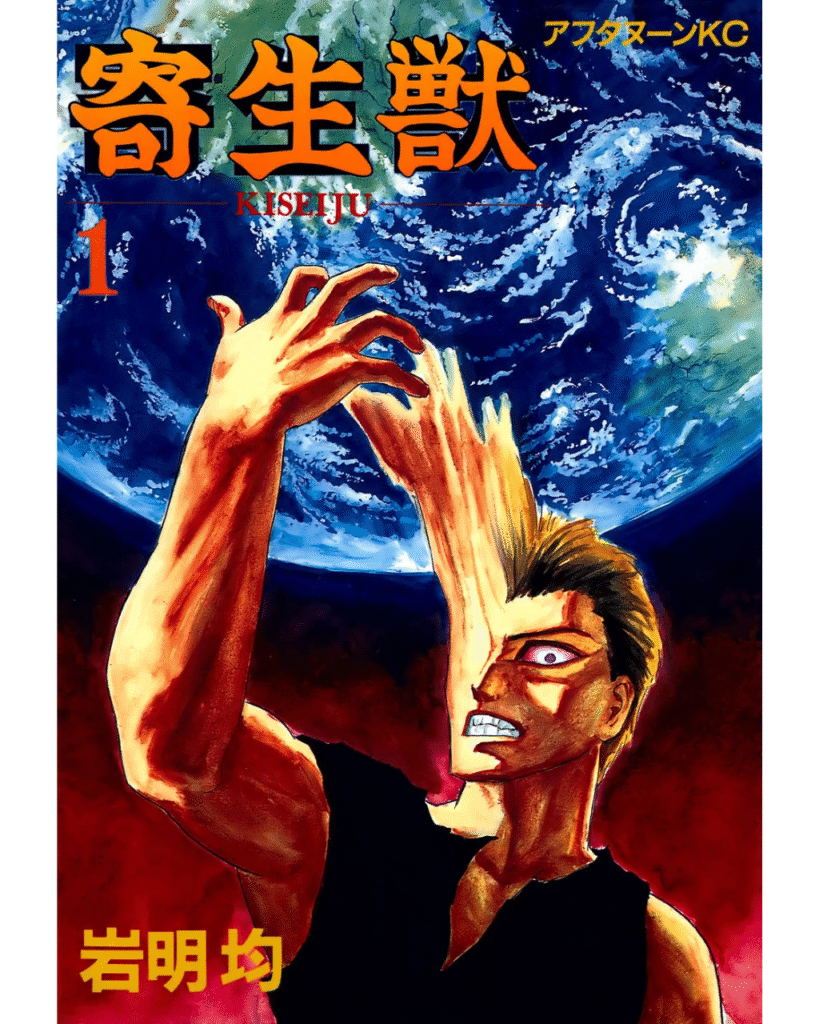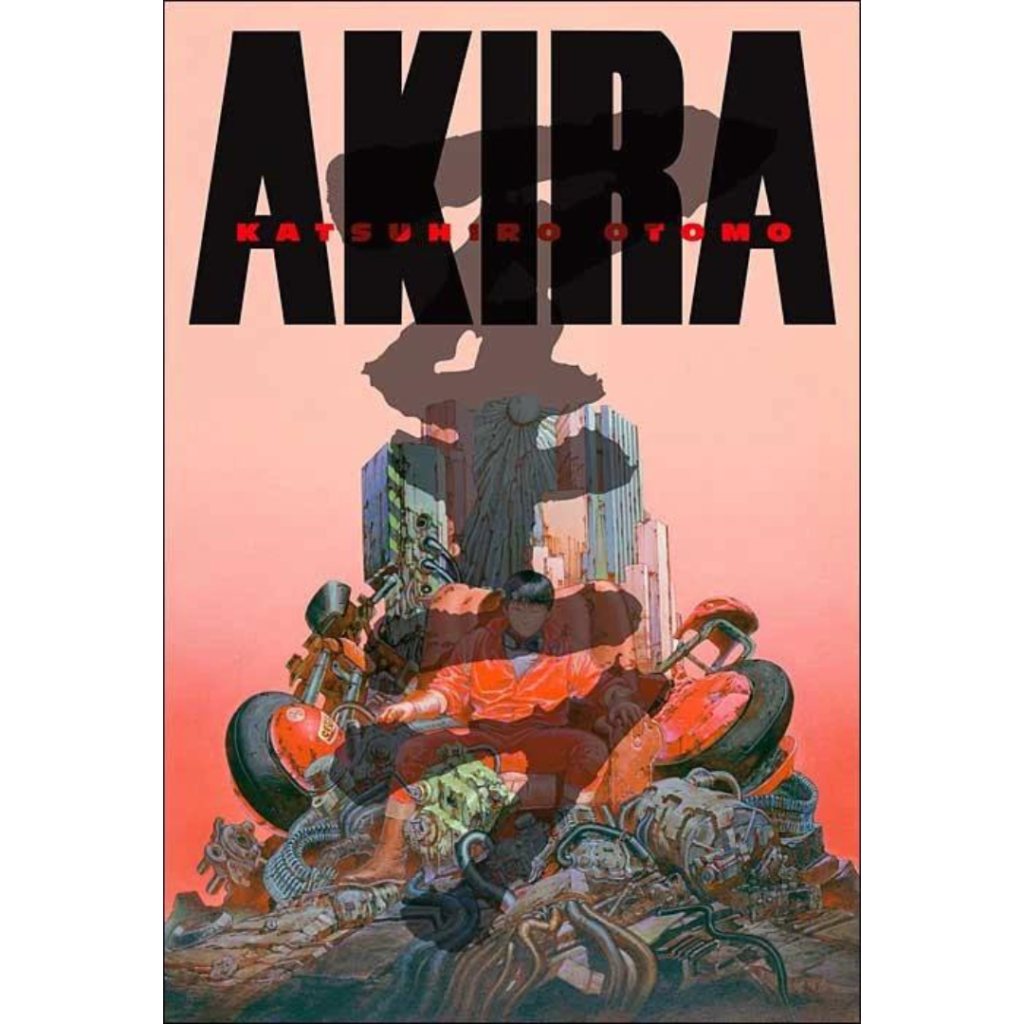
Before The Last of Us made cordyceps terrifying or Venom turned symbiosis into blockbuster fodder, there was Hitoshi Iwaaki’s Parasyte (1988 – 1995). This seminal manga blended body horror, existential philosophy, and pulse-pounding action into a story that remains shockingly relevant decades later. With its tale of alien parasites devouring humanity and one young man’s gruesome coexistence with them Parasyte isn’t just about monsters, it’s a razor-sharp dissection of evolution, morality, and the fragility of human identity.
The Plot: A Symphony of Flesh and Chaos
The story follows Shinichi Izumi, a 17 year old student whose life is upended when worm-like aliens invade Earth, burrowing into human brains to take control of their hosts. When one fails to colonize Shinichi’s head instead infesting his right hand the two form an uneasy alliance:
Migi (the parasite): Named after the Japanese word for “right,” this coldly logical creature evolves from a survival-driven monster into something eerily human.
Shinichi: His body and psyche transform as Migi’s cells merge with his own, forcing him to confront what humanity really means.
Their journey spirals from street-level horror (parasites disguising as humans, twisting bodies into weapons) to grand existential stakes, as society collapses and the parasites themselves question their purpose.
Themes: More Than Just a Gorefest
The Illusion of Human Superiority
The parasites are more evolved than humans faster, stronger, adaptive yet lack emotions or culture. Their existence forces Shinichi (and the reader) to ask: ”Is humanity’s dominance just luck?”
Symbiosis vs. Predation
Migi and Shinichi’s relationship mirrors environmental ethics. Are humans any different from the parasites, devouring ecosystems without thought?
The Cost of Survival
Shinichi’s gradual emotional numbness (a side effect of Migi’s integration) becomes its own horror. To live, must he stop feeling?
Motherhood & Monstrosity
The arc of Shinichi’s mother and a parasite who mimics her delivers the manga’s most gut-wrenching moment, blurring lines between love and instinct.
Art & Style: Beauty in the Grotesque
Iwaaki’s deceptively clean linework makes the horror hit harder:
Body Horror – Heads split into flower-like maws, limbs elongate into blades, and faces melt with clinical detail.
Expressive Minimalism – Shinichi’s eyes hollow out as he loses humanity; Migi’s pupil-less stare chills.
Action Choreography – Fight scenes are chaotic yet clear, with parasites morphing mid-combat like John Carpenter’s The Thing.
Characters: Monsters, Human and Otherwise
Shinichi Izumi: One of manga’s best protagonists. His arc from scared teen to ruthless survivor to someone reclaiming his heart is brutal and beautiful.
Migi: A parasite with deadpan humor and eerie curiosity. His bond with Shinichi evolves from “host-parasite” to something like friendship.
Ryouko Tamiya (Parasite): A philosopher-parasite who questions her kind’s purpose, embodying the manga’s intellectual spine.
Kana: A tragic foil to Shinichi, her parasite-detecting ability becomes a curse.
Legacy: The DNA of Modern Horror
Parasyte’s influence is everywhere:
Anime – The 2014 Parasyte the maxim adaptation brought it to new audiences.
Western Media – Venom’s antihero dynamic owes it a debt; The Last of Us echoes its “infected among us” dread.
Philosophy Courses – Seriously its themes pop up in bioethics lectures.
Yet no work has matched its balance of gore and poignancy.
Final Verdict: Parasyte is a perfect parasite
★★★★★ (5/5)
It burrows into your brain, lingers, and changes you. A masterclass in merging pulp thrills with existential weight.
Best For: Horror fans, philosophy nerds, or anyone who’s ever wondered “Would I survive?”
Flaws (If You Squint):
Pacing – Early chapters lean on monster-of-the-week fights before the deeper themes emerge.
90s Gender Dynamics – Female characters occasionally fall into dated tropes (though Kana’s arc redeems this).
Skip If: You can’t handle body horror or moral ambiguity.

